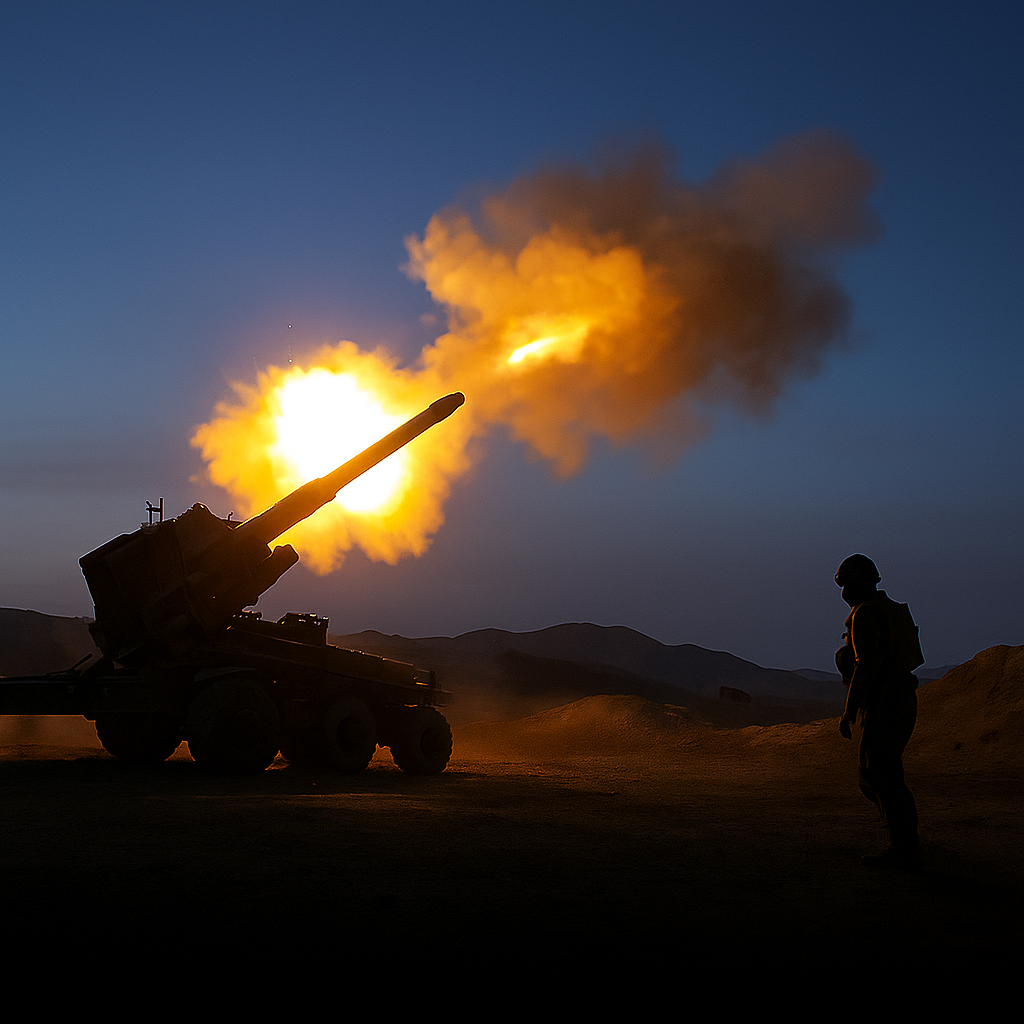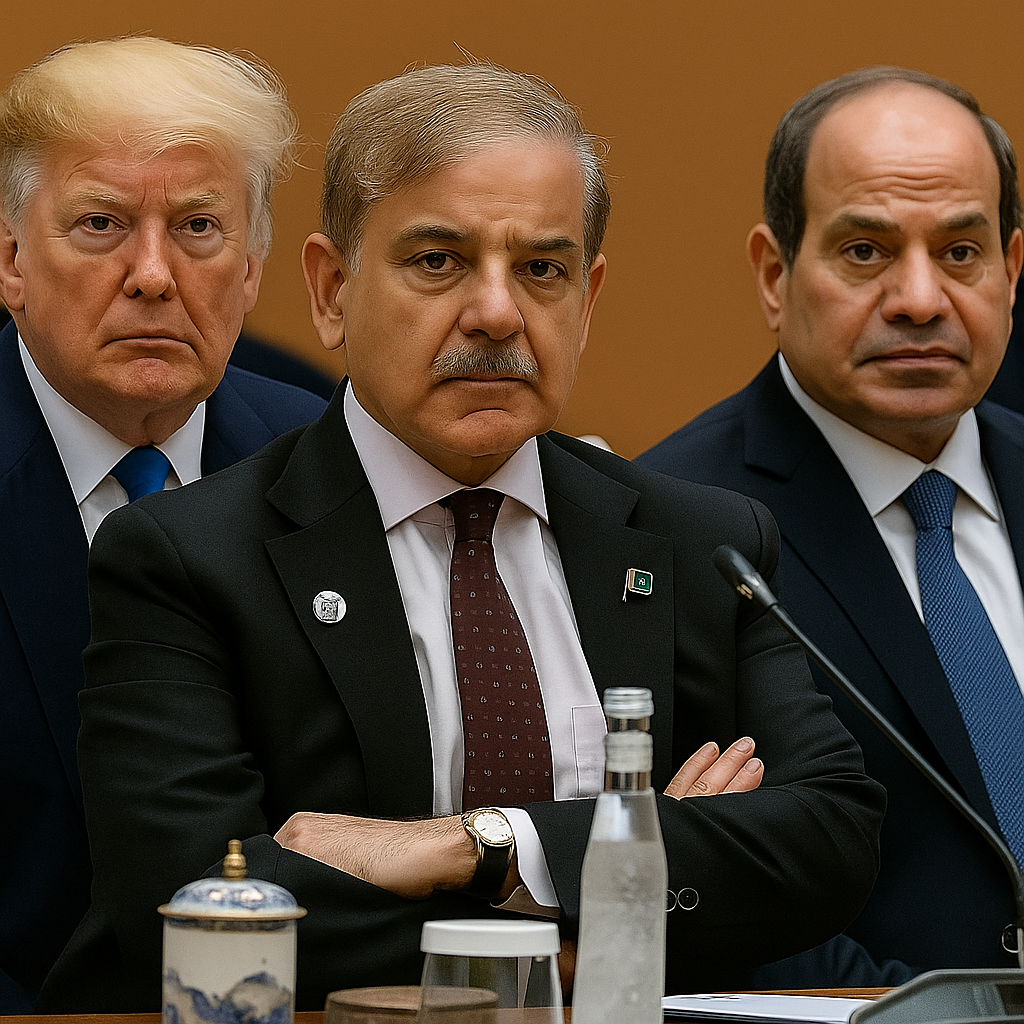Pakistan’s Precision Strikes and the Border Flashpoint
Lede: On October 15, 2025, Pakistan’s security establishment carried out precision strikes against Taliban strongholds in Kandahar and other Afghan border areas after a rapid escalation of cross-border clashes that killed and wounded fighters on both sides. The strikes — followed by intense firefights along several frontier sectors and a negotiated 48-hour ceasefire — mark the sharpest spike in Pakistan-Afghanistan hostilities in years and carry heavy strategic, humanitarian, and diplomatic implications.
What Happened — The Timeline
Initial clashes: Heavy exchanges erupted across multiple sectors along the Durand Line, notably Kurram, Chaman/Spin Boldak, and parts of Balochistan and Khyber Pakhtunkhwa. Both sides reported casualties and damage to posts and equipment.
Precision strikes: Pakistan launched precision strikes on Taliban brigades and bases in Kandahar, including the Spin Boldak area, claiming significant militant losses and the destruction of key command-and-control nodes. The strikes reportedly left the Taliban in disarray, with panic spreading among their ranks.
Infiltration attempts: Pakistani forces reported foiling infiltration attempts near Mohmand (Turkmenzai) and other border sectors, claiming to have neutralized several militant formations attempting to breach the frontier.
Ceasefire: Following mediation efforts and backchannel communication, a 48-hour ceasefire was declared to de-escalate tensions and allow both sides to reassess their positions.
Why This Clash Is Different
Cross-border incidents between Pakistan and Afghanistan are not new, but this confrontation stands out due to its scale, precision, and political weight.
- Scale and simultaneity: Multiple sectors witnessed near-simultaneous engagements, suggesting a more coordinated and preemptive operational strategy by Pakistan.
- Targeted strikes: Pakistan’s operation emphasized surgical hits on specific Taliban brigades and command elements, signaling greater intelligence precision and strategic intent.
- Diplomatic urgency: The rapid international response urging restraint showed the region’s growing concern about escalation along one of South Asia’s most volatile borders.
Key Actors in Play
Afghan Taliban: Now the de facto rulers of Afghanistan, they control most of the country and maintain armed border units. Pakistan accuses them of providing safe havens to groups targeting Pakistani forces, an allegation the Taliban leadership continues to deny.
Tehreek-e-Taliban Pakistan (TTP) and allied factions: Long seen as the primary threat to Pakistan’s internal security, these groups operate from Afghan soil and have carried out several high-casualty attacks in recent years. Some splinter groups, often referred to as Khawarij or Fitna al-Khawarij, have intensified their cross-border activities.
Pakistan Armed Forces: The military’s stated goal remains protecting the frontier, eliminating militant sanctuaries, and demonstrating the capability for precise and decisive response while avoiding unnecessary escalation.
Regional Mediators: Countries like Qatar, Saudi Arabia, and others with influence in both capitals are expected to play roles in managing this fragile ceasefire and ensuring dialogue continues.
The Historical Backdrop
The Pakistan-Afghanistan border, known as the Durand Line, has been a persistent flashpoint for over a century.
- Colonial legacy: Drawn in 1893, the border splits tribal populations and remains contentious, with the Afghan side historically refusing to recognize it as a permanent boundary.
- Post-Soviet period: After the Soviet withdrawal, the border became a sanctuary for numerous armed factions, complicating bilateral relations.
- Post-9/11 era: Pakistan’s cooperation with the U.S.-led coalition forced militants to shift their bases across the border, laying the groundwork for the TTP’s rise.
- Post-2021 Taliban takeover: Islamabad initially hoped for a friendlier regime in Kabul, but the persistence of cross-border attacks has turned optimism into tension. Over the past four years, Pakistan has carried out multiple limited strikes inside Afghanistan in response to attacks originating from across the border.
Humanitarian and Local Fallout
Displacement and disruption: Border skirmishes and shelling often force families to flee their homes. Markets, schools, and crossing points like Chaman–Spin Boldak are frequently closed, cutting off livelihoods.
Infrastructure damage: Even with precision targeting, collateral damage remains a risk. Villages near the frontlines suffer power cuts, damaged infrastructure, and restricted access to healthcare and supplies.
Psychological toll: For residents of border districts, years of intermittent violence have created an atmosphere of fear and uncertainty — a “silent war” fought in their backyards.
Strategic Calculations — A Battle of Nerves
Pakistan’s objectives:
The strikes serve multiple goals — dismantling active militant cells, signaling deterrence, and reassuring domestic audiences of national strength. The military aims to project a message: no territory will be allowed to serve as a base for aggression against Pakistan.
Afghan Taliban’s dilemma:
They face internal pressure to assert sovereignty and external pressure to curb cross-border militancy. Strikes inside Afghanistan expose their vulnerability and risk undermining their authority at home.
Risk of escalation:
The destruction of posts and assets, coupled with propaganda warfare, increases the chance of miscalculation. Both sides are aware that continued escalation could destabilize the border provinces and invite regional involvement.
What Comes Next
- Fragile calm: The 48-hour ceasefire might offer temporary relief but without a sustainable security framework, tensions are likely to resurface.
- Diplomatic outreach: Regional powers could push for joint border mechanisms, communication hotlines, and monitoring arrangements to prevent future flare-ups.
- Internal recalibration: Pakistan’s broader strategy could now include intelligence-based operations and stronger border fortifications, while the Taliban may reassess their approach to managing militant factions within Afghanistan.
The Bottom Line
Pakistan’s precision strikes mark a turning point — a declaration that Islamabad will no longer tolerate militant sanctuaries across the border. The Taliban, meanwhile, are grappling with the twin challenges of maintaining sovereignty and controlling militant factions beyond their command.
Whether this episode leads to stability or another cycle of confrontation depends on what happens once the ceasefire clock runs out. For now, the Durand Line remains a symbol of tension — a frontier where history, politics, and violence continue to collide.



